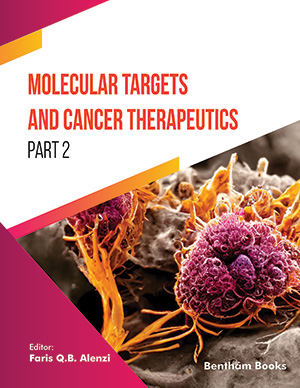Abstract
Normally, to replace damaged cells or for the purpose of growth, healthy cells can divide according to the proliferation potency, in a systematic and controlled manner. When this mechanism is interfered with in such a way that the cell multiplies beyond the control system, a neoplasm may originate. The name (neoplasm) comes from the ancient Greek words neo, which means “new,” and plasma, which means “creation, formation.”. Even after the underlying trigger is removed, a neoplasm's growth is disorganized with that of the healthy surrounding tissue, and it continues to grow abnormally. When this abnormal neoplastic growth creates a mass, it is referred to as a ” tumor”. There are four primary types of neoplasms (tumor): benign (noncancerous), in situ, malignant (cancerous), and neoplasms of unclear or unidentified behaviour, which follow the pattern of cell development. Oncology is concerned with malignant neoplasms, which are commonly known as malignancies or cancers. In Oncology, many cancer classifications emerged, however, the most notable of which is based on the nomenclature by the type of tissue from which it arises, or by the primary site in the body where it originally appeared. Herein, this chapter will go over the definition of cancer, classifications as well as the key differences between the types of cancers. This chapter will also cover the pathophysiology and epidemiology of the many types of cancers.
Keywords: Cancer, Carcinoma, Neoplasm, Pathophysiology, Sarcoma, Tumors.






















